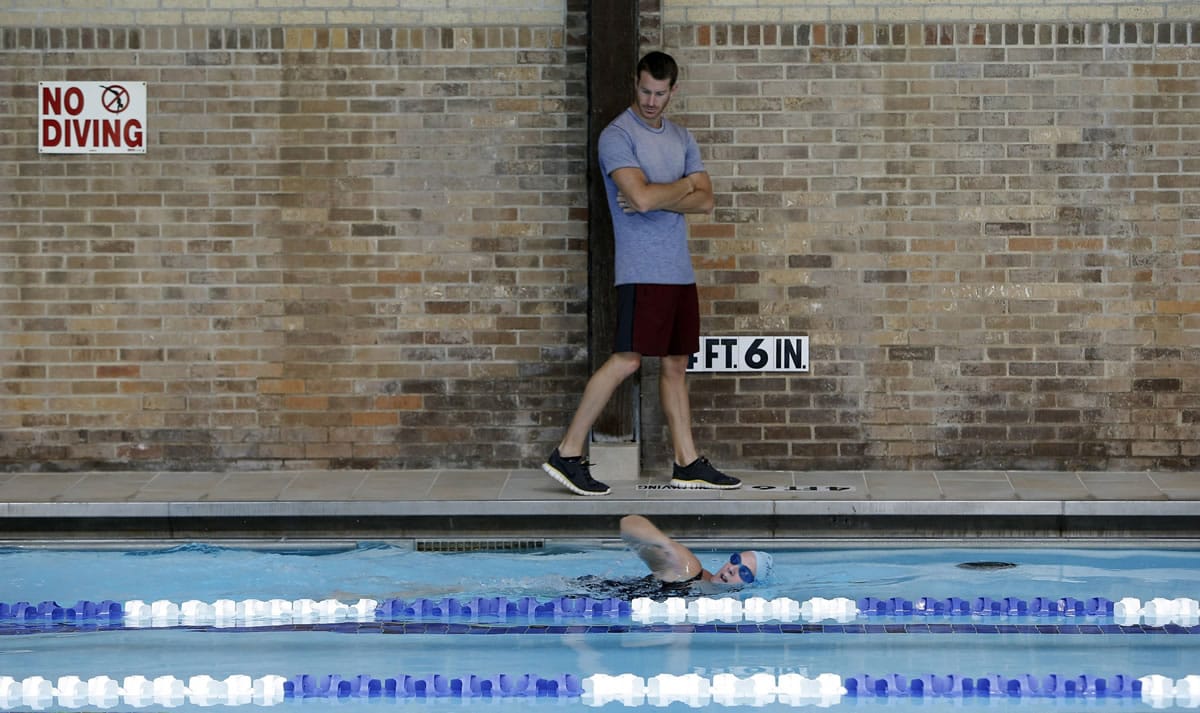DALLAS — As much as Dr. Sean Haslam loves performing surgery, he certainly wouldn’t object if people would take good enough care of themselves to avoid — or at least postpone — it.
“Anytime we can get something to help patients without surgery,” says the Frisco, Texas, orthopedic surgeon, “it’s good for everybody.”
But people don’t seem to be paying attention. The number of knee replacements is up 165 percent in the last two decades and, according to the Journal of the American Medical Association, could exceed 3.5 million by 2030.
Why pay attention to your knees, hips, shoulders and other joints?
First, doing so could keep you out of the operating room. Second, when your joints don’t hurt, you’re going to feel better physically and mentally. Plus you’re better able to stand up, sit down, move around and do any number of ordinary tasks with the most minimal of groans and bodily creaks.
“The main reason for total knee replacement is for pain,” Haslam says. “If we can get rid of the pain, we can get rid of the real need to have surgery.”
The keys to joint health for most people are, no surprise, losing weight and exercising. Some dramatic cases in point:
In a Canadian study, none of 125 obese knee-replacement candidates who lost 10 percent of their body weight went on to have the surgery, says Haslam, who was part of the research team.
About half who dropped out of the study, which he stresses isn’t yet published, lost “a significant amount” of weight and also opted not to have their knees replaced.
Because six to eight times your body weight is experienced through the knee, every 10 pounds lost means 60 to 80 pounds less pressure, he says. Plus, additional weight can lead to a greater risk in developing arthritis and a likelihood that mild osteoarthritis you might already have will worsen.
The obvious solution to joint health is to lose weight. But, says Haslam, “it’s a vicious cycle. The formula is simple; the execution is difficult.”
Patients tell him they can’t lose weight because they can’t work out, and they can’t work out because it hurts. The less you move, though, the stiffer you get. And the stiffer you get, the more you’ll hurt when you start moving.
But inactivity leads to loss in cartilage, which “allows some slide” between your bones, Haslam says. Without cartilage, you have scraping of bone on bone, which is as painful as it sounds.
Losing weight won’t replace cartilage; what’s done is done. But it will make for less stress on joints.
Exercise also helps because it stimulates the release of synovial fluid. Think of the Tin Man and how a few squirts of oil helped loosen his joints and get him moving.




